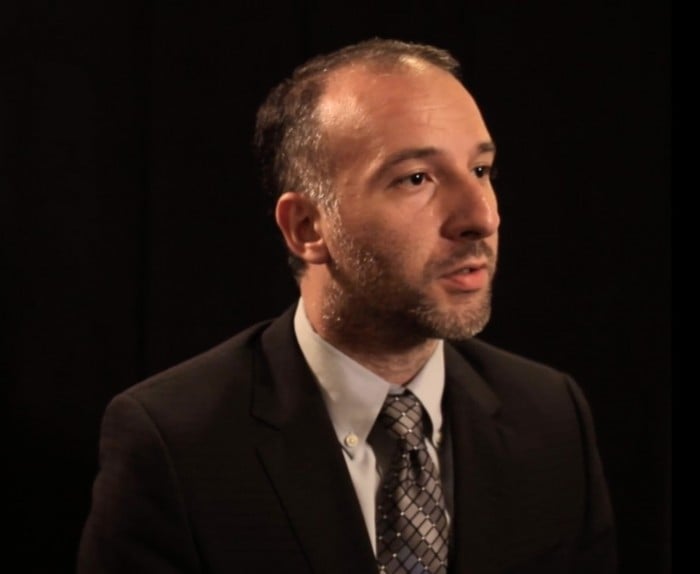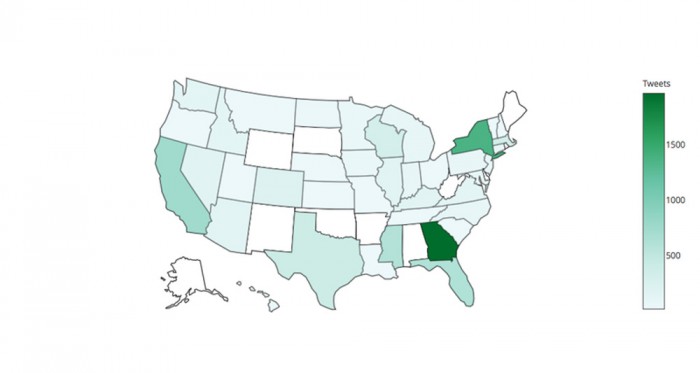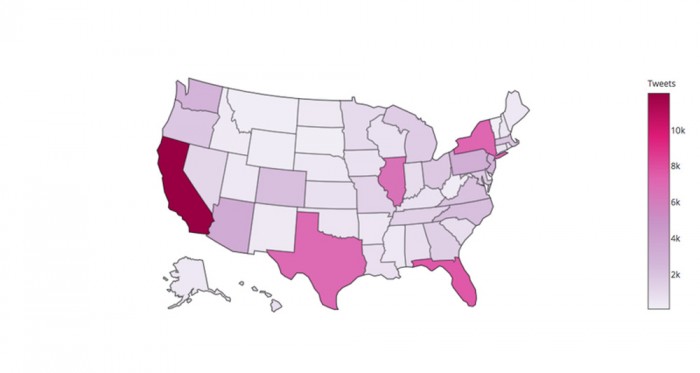How the Bot-y Politic Influenced This Election
If your political conversations on social media seem mechanical and predictable, it might be because you are debating with a robot.
A study published the day before the election found an estimated 400,000 bots operating on Twitter that were tweeting—and being retweeted—at a remarkable pace, generating nearly 20 percent of all election-related messages.

Besides being numerous, these bots are also quite influential, and capable of distorting the online debate, according to authors Alessandro Bessi and Emilio Ferrara of the University of Southern California Information Sciences Institute.
One thing remains mysterious: who is creating them? That’s still impossible to determine, Ferrara told MIT Technology Review in a discussion about his study, conducted over a month this fall, a period that included all three presidential debates. Below is an edited transcript.
In the study you measure the influence of bots, and find it to be surprisingly high. Can you explain that?
We measure how many connections an account has to other accounts and how many different users retweet that account. What we find is that people are not really good at determining whether the information sources they are exposed to are a human or a bot. Bots are being retweeted at the same rate as humans. Since bots are much more active and produce [many more tweets] the by-product is they are being retweeted a lot and becoming influential. That leads to some serious issues with retweeting—spreading misinformation, spreading rumors, conspiracy theories, and so forth.


Do you expect this to have an impact on the outcome of the election?
It is really hard or maybe even impossible to make an interpretation of what influence these dynamics have on the outcome of the election, the actual voting and so forth. One thing at risk is voter turnout. We find in some states, in particular in the South and the Midwest, there are way more bots than in any other state. People might think there is a real grassroots support there, but in reality it’s all generated by the bots.
Nearly 75 percent of the bots you found were supportive of the Republican candidate Donald Trump, and the messages in their tweets were different, too.
The bots supporting Donald Trump are really producing an overwhelmingly large amount of positive support for the candidate, while in the case of Hillary Clinton supporters, more tweets are neutral than positive.
Social media bots getting involved in politics isn’t a totally new phenomenon, but you find that this year’s batch is particularly sophisticated.
These bots are more complex, using artificial intelligence to chat with people. They can aggregate the sentiment in a polarized discussion and maybe even further polarize it.
It had been easier to identify earlier bots, but now it’s incredibly difficult for a human to make a determination. I did a test on myself, and in some accounts there are signs that are clear, such as posting 1,000 tweets per hour. In others it’s more difficult. They look like they go to sleep [going offline for a prolonged period each day]. They tweet five, 10, 15 tweets in a row, and then none for an hour. They clone the behavior of people.
Keep Reading
Most Popular
Large language models can do jaw-dropping things. But nobody knows exactly why.
And that's a problem. Figuring it out is one of the biggest scientific puzzles of our time and a crucial step towards controlling more powerful future models.
The problem with plug-in hybrids? Their drivers.
Plug-in hybrids are often sold as a transition to EVs, but new data from Europe shows we’re still underestimating the emissions they produce.
Google DeepMind’s new generative model makes Super Mario–like games from scratch
Genie learns how to control games by watching hours and hours of video. It could help train next-gen robots too.
How scientists traced a mysterious covid case back to six toilets
When wastewater surveillance turns into a hunt for a single infected individual, the ethics get tricky.
Stay connected
Get the latest updates from
MIT Technology Review
Discover special offers, top stories, upcoming events, and more.